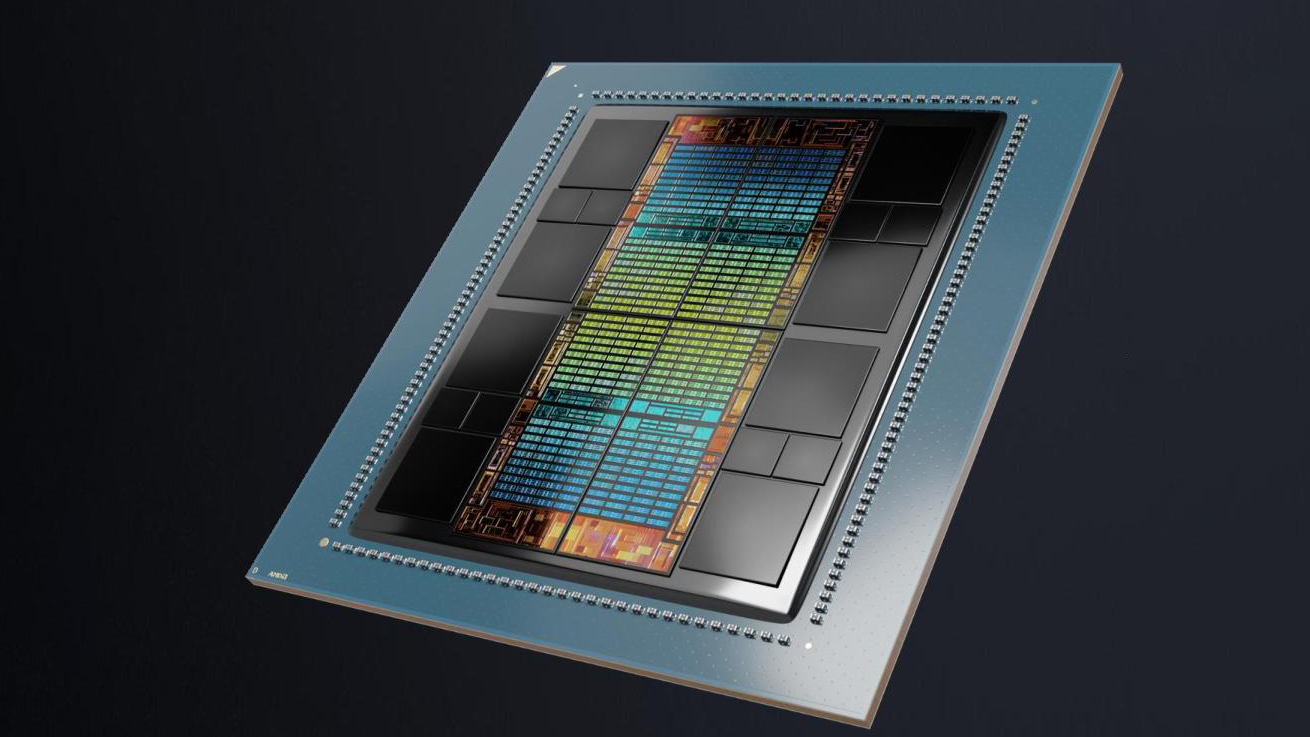
AMD's Instinct MI series products are thought to be among the most potent HPC and AI accelerators when they arrive in Q4, and AMD has officially announced two variants. However, it appears the MI300A and MI300X aren't the only variants AMD has planned for the market — the first signs of a new mysterious MI300C variant have emerged in Linux patches. It's possible that this new variant either marks the arrival of a CPU-only MI300 that will be AMD's first HBM-equipped processor or a specialized cut-down variant that adheres to the U.S. sanctions for exports into the Chinese market. In fact, AMD recently stated that the company is working on optimizing its product line to comply with U.S. export restrictions to export to China, making this a very realistic possibility.
The MI300, touted as the world's first data center APU, features a multi-chiplet design that combines AMD's Zen 4 and CDNA 3 microarchitecture. The chiplet-based design allows AMD to swap out tiles to make different combinations. The basic MI300 design has 13 chiplets, most 3D-stacked, and comprises nine 5nm compute logic chiplets over four 6nm I/Ochiplets.
Japanese outlet Coelacanth Dream has discovered a third and unannounced variant of the MI300 in Linux's EDAC (Error Detection And Correction) driver. The Linux code suggests that the MI300C could have at least one CPU chiplet onboard. However, the type of memory and number of memory channels remain a mystery.
First, it's important to understand the configuration of the two existing models: The MI300A is the vanilla CPU+GPU combo with three CCDs and six XCDs. This configuration amounts to twenty-four Zen 4 cores and 228 CDNA 3 compute units. There are also eight HBM3 stacks for 128GB of shared memory between the CPU and GPU. In contrast, the MI300X is the pure GPU part with zero CCDs and eight XCDs, equivalent to 304 CDNA 3 compute units. The eight-stacked HBM3 configuration remains intact, but the higher density stacks give it 192GB compared to the 128GB layout on the MI300A.
We have two theories as to what the MI300C could be. Our first and most likely theory is that the MI300C might be a CPU-only variant. AMD never clarified what the suffixes in the MI300 branding stood for. However, if we use our imagination, the "A" in MI300A could represent "APU." It makes sense since the MI300A is synonymous with today's AMD APU with graphics. Assuming that is some accuracy to the speculation, the "C" in the MI300C may symbolize "CPU," implying that only Zen 4 cores are present. If accurate, that would turn the MI300C into AMD's first CPU with HBM3 memory and turn into a potential rival for Intel's Sapphire Rapids HBM offerings. Rationally, AMD would need more than 24 cores to rival Sapphire Rapids HBM, which spans up to 56 cores. AMD could maximize the core count on the MI300C to hit 96 Zen 4 cores, essentially turning it into a 4th Generation EPYC Genoa chip with HBM3 memory.
Our second theory is that the MI300C could be a China-exclusive SKU. AMD recently stated that the company is working on optimizing its product line to comply with U.S. export restrictions to export to China. We all know how AI is currently flourishing, and the MI300, with some minor modifications, could thrive in the Chinese AI market that's continuously showing a high demand for AI GPUs and accelerators.
Finally, the MI300C could just represent AMD swapping in an additional CPU tile and removing a GPU tile, thus creating a different CPU-to-GPU ratio to tailor the chip for different operating environments.
AMD confirmed in the company's recent earnings call that it has already started sampling the MI300A and MI300X to its clients, and the accelerators are on track to hit the market in Q4. The MI300C shouldn't be too far behind, so we'll likely get some insight into the mysterious variant sooner than later.







